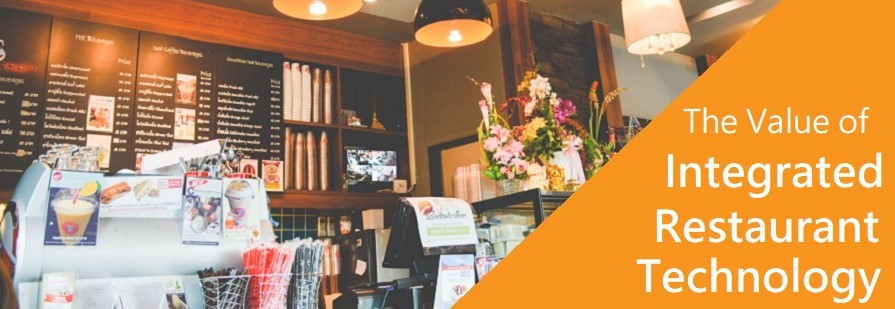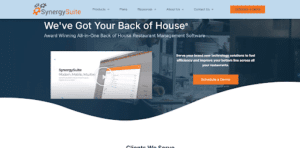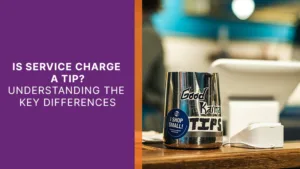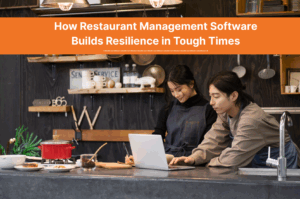It’s a tale as old as technology. A restaurant is doing business, they have a problem, a company pops up with software to solve the problem, restaurant adopts technology, technology is siloed from the other pieces of business, repeat until there are 12 separate systems creating a new problem because they don’t integrate.
According to Hospitality Technology’s webinar The Intelligent Restaurant Infrastructure: Solving the Integrations & Insights Challenge, restaurant brands name disparate systems and lack of integration as their largest obstacle to leveraging the data they get from restaurant technology. However, in our data-driven world, insights about customers, the ability to personalize their experiences, accurate ordering and scheduling, and the profitability those drive—these all come from data and the inability to parse it is a problem.
Not only does a well-integrated restech stack help you better see the data you’re collecting, it also helps:
- Improve profitability through better control of food and labor costs
- Reduce human error through automation
- Shape better user experiences
- Reduces management time spent collecting and compiling data
- Understand if you’re meeting performance goals
More than half of restaurants with a tech stack have 10 or more systems/apps, which is a huge issue given that 40% of restaurants name lack of integrations their biggest challenge to fully leveraging their data. Add to all of that, IT teams with poor integrations have trouble proving ROI, further restricting already tight tech budgets.
So what should you look for when evaluating restaurant technology?
- The best way to reduce integration issues is to need as few integrations as possible. So look for all-in-one restaurant management software that can handle several of your needs. While you may fear the difficulty of migrating your current solutions into one place, you’re just prolonging your problems and delaying any migrations issues by doing so. Ultimately it’s better to have as many needs as possible taken care of in a unified solution.
- Talk to all your tech partners. Thoroughly evaluate the integrations they offer and ask specific questions about current clients they share. If this is a new integration, get a reference from the partners for a customer who has gone through adding an integration.
Looking for more information? Check out our return on investment restaurant calculator.






